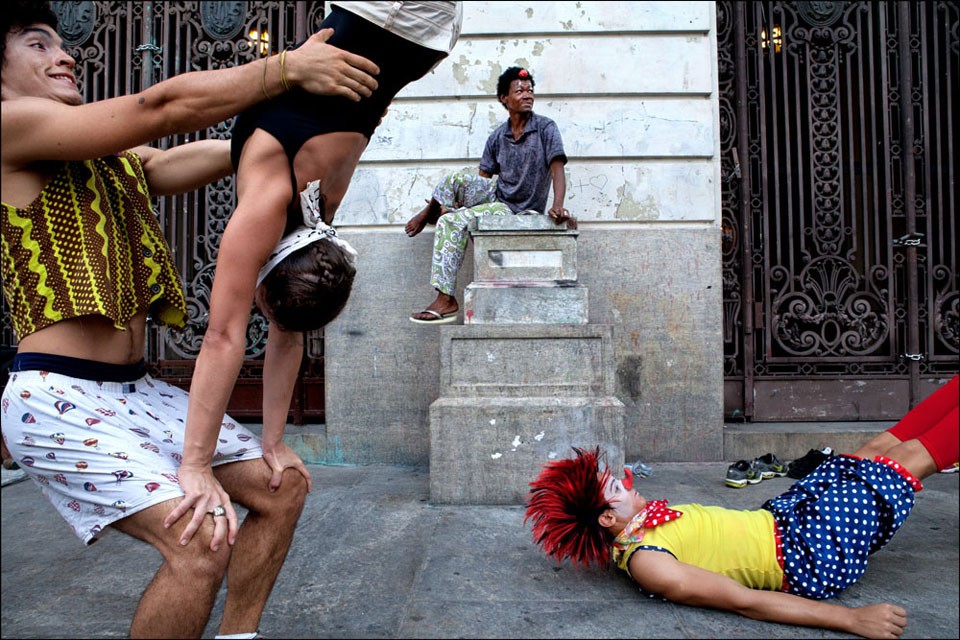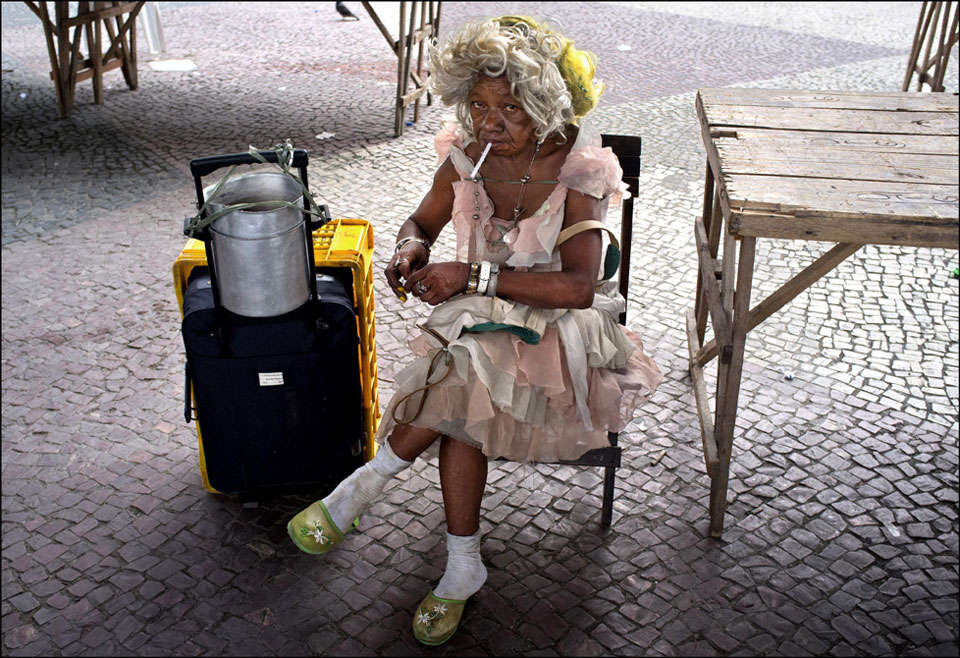
Marcelo Argolo: The Best Photos Evoke Something

Born in Rio de Janeiro (Brazil). Studied photography at the City College of San Francisco (US). Member of the Observe Collective.
I got interested in photography as a teenager. At the time I surfed and dreamed of having adventures. That took me to San Diego, California, when I was 20 years old. I ended up moving to San Francisco to take photography classes at the city college. That’s when I started shooting b&w and became interested in street/documentary photography.


In San Francisco, the street seemed like the natural environment to go for my first experimentations. I gradually became interested in urban/city life, not only as a photographer, but also as a person. Before that, I was too confined to the neighborhood in Rio where I grew up and the beach where I’d hang out with my friends. With photography also came other interests, related to art, books and a desire to expand my boundaries.
I do believe this kind of work is important. While most photojournalists cover news and world events, it’s photographers like us who make a record of daily life. Images that in the future will show how we lived.


I never think in terms of characters. I’m interested in people, in their attempts to connect with each other, our need to interact and be a part of something.
In Rio, I like to shoot in areas in the center and also at the Copacabana boardwalk. I intend to explore the city more, now that I’ve been away for a year and really missed it.
Whenever I spot a scene that, for whatever reason, seems interesting to me, I also try to pay attention to things happening in the background. And then I move around if I find it necessary, in order to get the best angle.


It’s not all about composition. A perfect composition can leave you cold, and in that sense it’s a failure. I think the best photos evoke something, have some element that suggests an interesting story, what Robert Frank called “the humanity of the moment”. Not easy to accomplish, of course.



I knew nothing of street photography when I started, I just liked works from masters like Cartier-Bresson and André Kertesz and wanted to photograph like them. Only in 1999, when I was in New York and got back to taking pictures after a hiatus, that I got to know more about it, mostly through the book “Bystander – a History of Street Photography”, by Colin Westerback and Joel Meyerovitz.


Film and paper, as well as developing and printing are very expensive in Brazil. I only shoot digital. It’s true to say that it is easier than shooting film.


Photography is invasive by nature, even in its purest moments. You might be at a party, dancing, and the people next to you will start taking pictures of each other, and you might be in it whether you like it or not. We’re allowed to photograph in public spaces, the key is to respect people when they feel uncomfortable.
I do not take a picture if I realize the person has spotted me and do not seem comfortable with my presence.



I see the photobook as the highest point of a photographer’s life/career. Photobooks, to me, are the best medium for a photographer to express his/her own vision on a particular story/subject/concept.

At this very moment I am at the end of a dream trip taking pictures. I’ve been abroad, mostly in Europe but also the United States, India and Thailand, for a year. Before that I was in Rio working part time as a photographer. Now, on my return, I will try to be a full time working photographer.
I want to focus more on projects and not so much on single images. I’d also like to dedicate myself to documentary work. I’m not sure what kind, but certainly related to my hometown, Rio de Janeiro.



New and best




